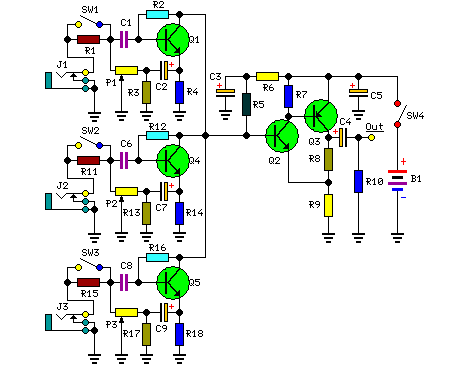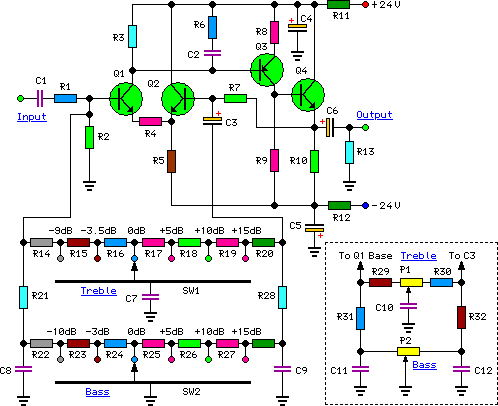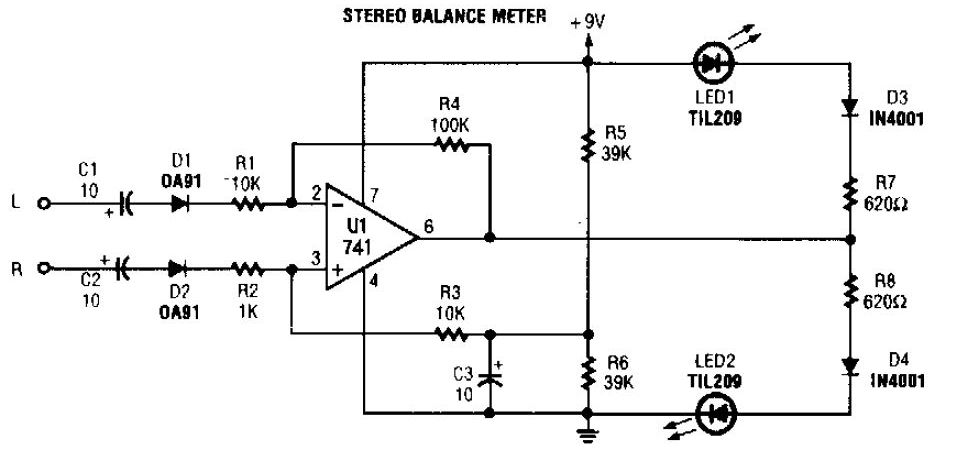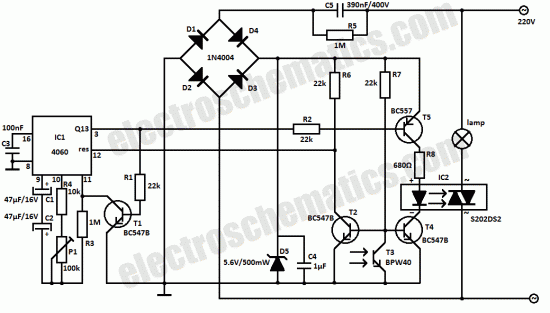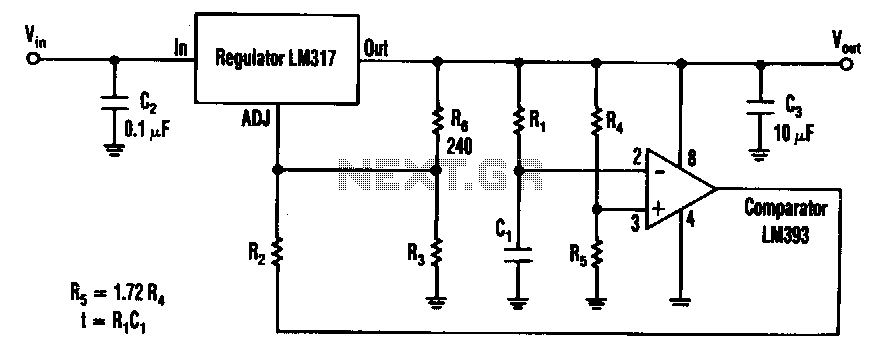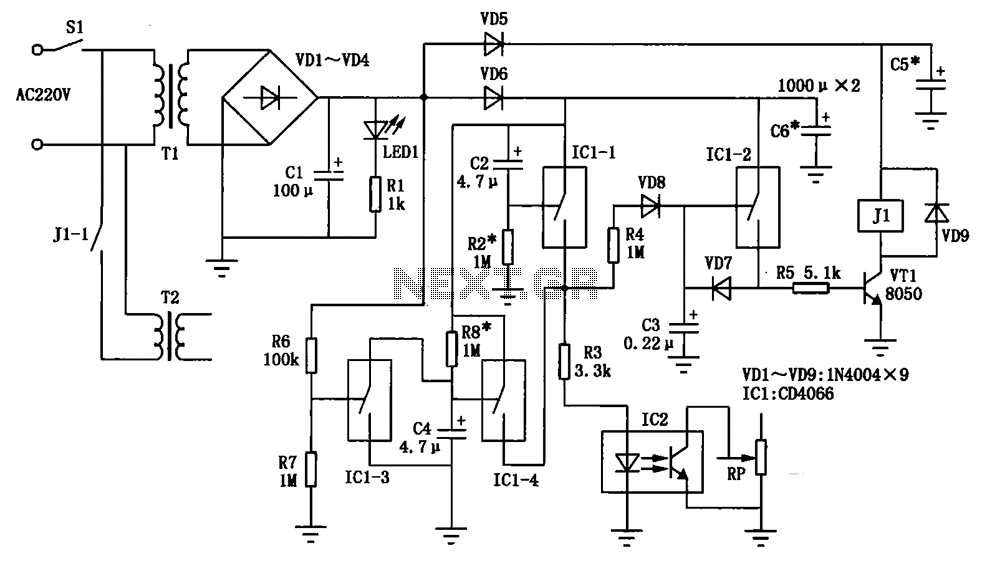
Energy-saving lamp circuit
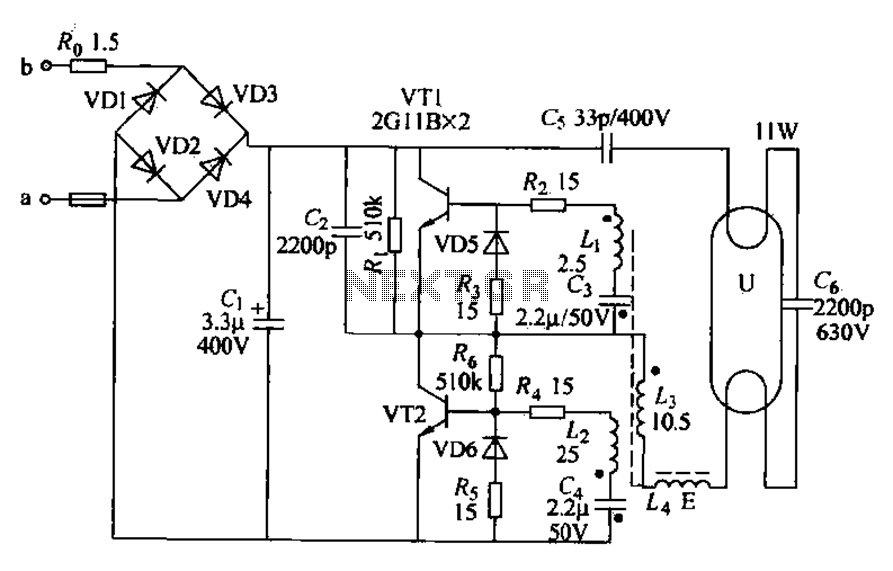
Energy-saving lamps are categorized into self-ballasted compact types and single-ended structures. They can also be classified based on appearance into various forms such as double-tube, four-tube, six-tube types, and others. The lifespan of energy-saving lamps is approximately ten times longer than that of standard incandescent lamps, while their power consumption is five to eight times lower than that of conventional light bulbs. For instance, a 15W tricolor energy-saving lamp can replace a 100W incandescent lamp, resulting in an energy saving of about 80%. Additionally, the heat output of energy-saving lamps is only one-fifth that of regular light bulbs. These lamps serve as efficient replacements for incandescent bulbs, promoting energy conservation and environmental protection. The physical shape of compact fluorescent lamps (CFLs) allows for effective ceiling light distribution throughout a space, providing uniform illumination with minimal dark spots, which enhances the psychological comfort of the environment. This makes them suitable for various settings such as bedrooms, corridors, and lobbies. The installation method for energy-saving lamps typically involves integration with lantern fixtures.
Energy-saving lamps, specifically compact fluorescent lamps (CFLs), utilize a unique design that allows for efficient light production while minimizing energy consumption. The self-ballasted compact type integrates the ballast within the lamp itself, simplifying installation and eliminating the need for external components. In contrast, single-ended versions require a separate ballast for operation, which may be beneficial in certain applications where customization is needed.
The classification of energy-saving lamps into various forms, such as double-tube and multi-tube designs, allows for versatility in lighting applications. Double-tube lamps provide a compact solution for spaces with limited ceiling height, while four-tube and six-tube options can deliver higher lumen output, making them suitable for larger areas or where increased brightness is required.
The significant lifespan of energy-saving lamps, lasting up to ten times longer than incandescent bulbs, reduces the frequency of replacements, thereby lowering maintenance costs and waste. The power efficiency of CFLs, consuming only 15W to produce light equivalent to a 100W incandescent bulb, exemplifies their effectiveness in energy conservation. This efficiency translates to an 80% reduction in energy usage, which is a compelling advantage for both residential and commercial lighting applications.
In terms of thermal performance, energy-saving lamps generate significantly less heat compared to traditional incandescent bulbs. This feature not only enhances safety by reducing the risk of burns or fire hazards but also contributes to overall energy efficiency, as less energy is wasted in the form of heat.
The installation of energy-saving lamps, particularly in ceiling fixtures, allows for optimal light distribution. The design of CFLs facilitates even illumination across a space, minimizing shadows and dark spots. This characteristic is particularly beneficial in environments such as bedrooms, corridors, and lobbies, where consistent lighting is essential for comfort and functionality.
In conclusion, energy-saving lamps, with their diverse forms and significant advantages in energy efficiency, lifespan, and thermal performance, represent a modern solution for lighting needs. Their integration into various fixtures, including lanterns, enhances their usability and effectiveness in a wide range of settings, contributing to energy conservation and environmental sustainability.Energy-saving lamps are divided into self-ballasted compact, single-ended from the structure; from the appearance divided double-tube type, tube type four, six tube and tube ri ngs and many other types. Energy saving lamp life is 10 times that of ordinary incandescent lamps, power is 5-8 times that of ordinary light bulbs (tricolor energy-saving light of a 15W equivalent of a 100W incandescent lamp), energy-saving than ordinary incandescent lamp 80 %, fever only ordinary light bulbs l/5. Energy-saving lamps can instead of incandescent lamps. Energy conservation, environmental protection a favorable one thousand. CFL physical shape as shown in FIG. Ceiling light throughout the space, dark step, uniform illumination and high, giving a good psychological effect, without affecting other objects and space, suitable for bedroom, corridor, lobby and other places.
Energy-saving lamps ceiling installation method in combination with lanterns.
Energy-saving lamps, specifically compact fluorescent lamps (CFLs), utilize a unique design that allows for efficient light production while minimizing energy consumption. The self-ballasted compact type integrates the ballast within the lamp itself, simplifying installation and eliminating the need for external components. In contrast, single-ended versions require a separate ballast for operation, which may be beneficial in certain applications where customization is needed.
The classification of energy-saving lamps into various forms, such as double-tube and multi-tube designs, allows for versatility in lighting applications. Double-tube lamps provide a compact solution for spaces with limited ceiling height, while four-tube and six-tube options can deliver higher lumen output, making them suitable for larger areas or where increased brightness is required.
The significant lifespan of energy-saving lamps, lasting up to ten times longer than incandescent bulbs, reduces the frequency of replacements, thereby lowering maintenance costs and waste. The power efficiency of CFLs, consuming only 15W to produce light equivalent to a 100W incandescent bulb, exemplifies their effectiveness in energy conservation. This efficiency translates to an 80% reduction in energy usage, which is a compelling advantage for both residential and commercial lighting applications.
In terms of thermal performance, energy-saving lamps generate significantly less heat compared to traditional incandescent bulbs. This feature not only enhances safety by reducing the risk of burns or fire hazards but also contributes to overall energy efficiency, as less energy is wasted in the form of heat.
The installation of energy-saving lamps, particularly in ceiling fixtures, allows for optimal light distribution. The design of CFLs facilitates even illumination across a space, minimizing shadows and dark spots. This characteristic is particularly beneficial in environments such as bedrooms, corridors, and lobbies, where consistent lighting is essential for comfort and functionality.
In conclusion, energy-saving lamps, with their diverse forms and significant advantages in energy efficiency, lifespan, and thermal performance, represent a modern solution for lighting needs. Their integration into various fixtures, including lanterns, enhances their usability and effectiveness in a wide range of settings, contributing to energy conservation and environmental sustainability.Energy-saving lamps are divided into self-ballasted compact, single-ended from the structure; from the appearance divided double-tube type, tube type four, six tube and tube ri ngs and many other types. Energy saving lamp life is 10 times that of ordinary incandescent lamps, power is 5-8 times that of ordinary light bulbs (tricolor energy-saving light of a 15W equivalent of a 100W incandescent lamp), energy-saving than ordinary incandescent lamp 80 %, fever only ordinary light bulbs l/5. Energy-saving lamps can instead of incandescent lamps. Energy conservation, environmental protection a favorable one thousand. CFL physical shape as shown in FIG. Ceiling light throughout the space, dark step, uniform illumination and high, giving a good psychological effect, without affecting other objects and space, suitable for bedroom, corridor, lobby and other places.
Energy-saving lamps ceiling installation method in combination with lanterns.
